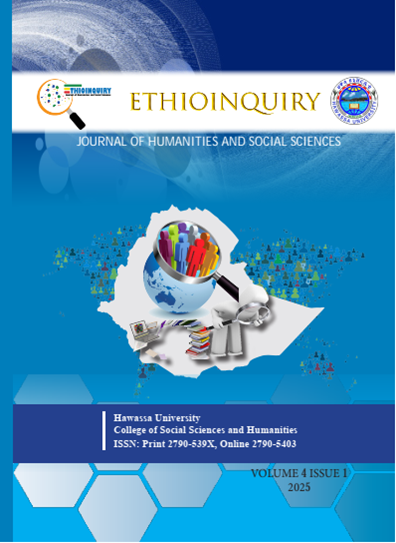Remittance Receiving Status, Determinants and its Usage
Evidence from Rural Households in Tigray, Northern Ethiopia
DOI:
https://doi.org/10.20372/Ethioinquiry/20251463Keywords:
Remittances, Rural Households, Agricultural Productivity, Socioeconomic Impacts, Remittance UsageAbstract
AbstractThis study investigates the determinants of remittance receipt and its utilization in rural agricultural households in Tigrai, Ethiopia. Employing a cross-sectional survey of 521 randomly selected rural households across six Tabias in three Weredas, the study applies statistical tools and logistic regression models to analyze remittance patterns. Findings indicate that 71.5% of surveyed households receive remittances, primarily for family support (73.6%) and agricultural investments (59.9% for fertilizers). Remittance inflows contribute significantly to household economic stability, covering 44.2% of agricultural expenditure. Key determinants of remittance income include the number of dependents and household literacy status, while factors such as household asset ownership show no significant impact. The study aligns with the New Economics of Labor Migration (NELM) theory, suggesting that migration serves as a household risk diversification strategy rather than solely an individual decision. However, remittances are predominantly used for consumption rather than productive investments, underscoring the need for policy interventions to enhance their developmental impact.

